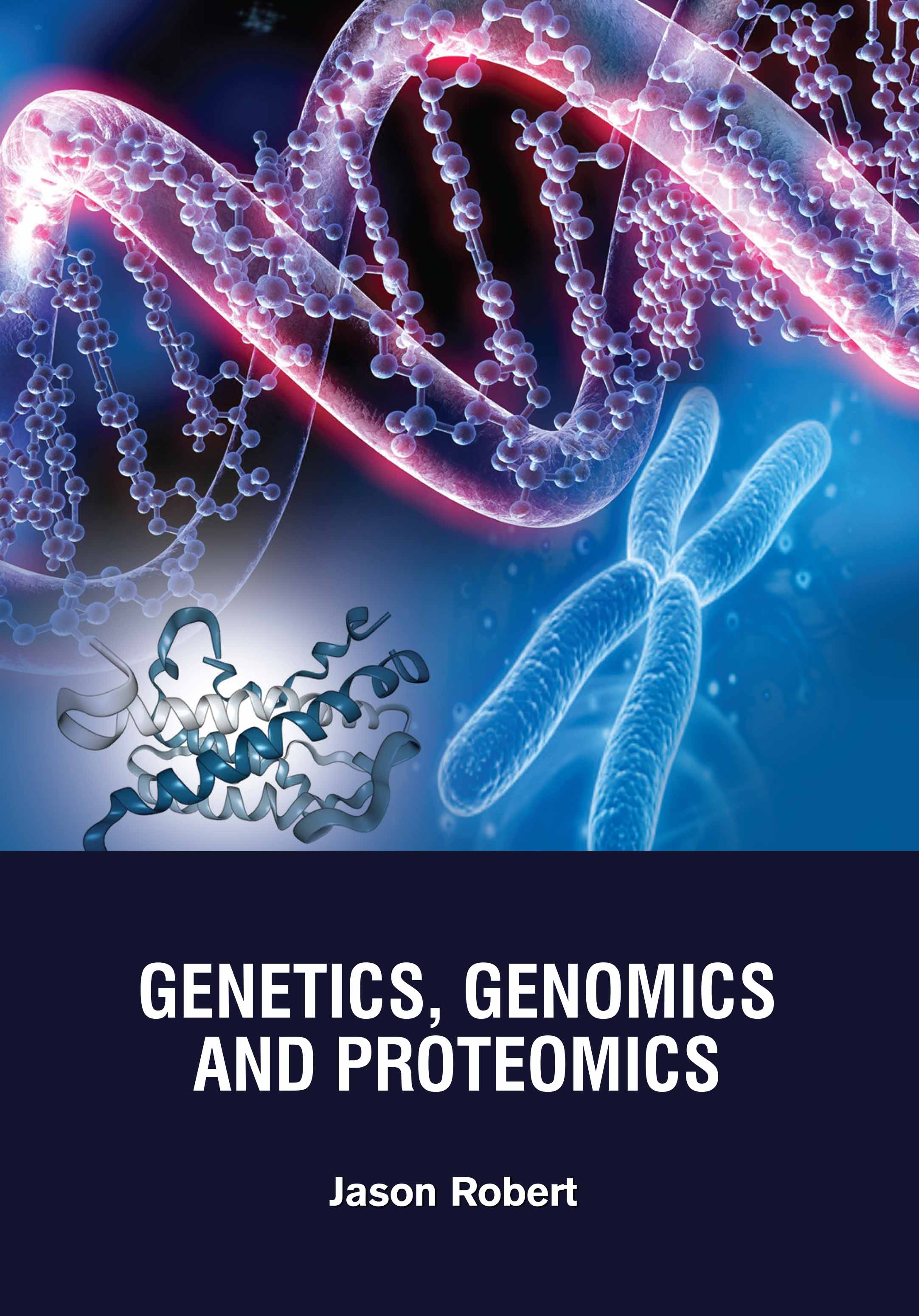About This Book
Food chemistry is the branch of science that deals with the composition, structure, and properties
of food, as well as the chemical changes it undergoes during processing, storage, and consumption.
It involves the study of major food components such as carbohydrates, proteins, fats, vitamins,
minerals, water, and enzymes. These components play essential roles in the nutritional value,
texture, flavor, and appearance of food. Understanding food chemistry is important for improving
food quality, ensuring food safety, and developing new food products. For example, the Maillard
reaction-a chemical reaction between amino acids and sugars during cooking-gives browned
foods like roasted meat and baked bread their characteristic flavor and color. Similarly, knowledge
of lipid oxidation helps in preventing rancidity in oils and fatty foods. Food chemists also study
additives, preservatives, colorants, and flavorings used to enhance food shelf life and sensory
appeal. They ensure these substances are safe and effective. Moreover, food chemistry is crucial in
addressing health concerns such as food allergies, nutrient loss, and dietary requirements. By
applying principles of chemistry, food scientists and technologists can innovate and improve the
safety, taste, nutrition, and overall quality of food products, making food chemistry an essential
field in food science and technology. Food Chemistry explores the chemical composition of food
and the reactions that affect its quality, safety, and nutritional value.
Contents: 1. Introduction, 2. Lipids: Fats and Oils in Food Chemistry, 3. Food Preservation by
Chemicals, 4. Vitamins and Minerals in Food Chemistry, 5. Enzymes Industry in Food Processing and
Preservation, 6. Daily Food Intake, 7. Carbohydrates: Structure and Function in Foods, 8. Proteins
and Amino Acids in Food Systems, 9. Packaging Systems and Technologies for Processed Foods.

